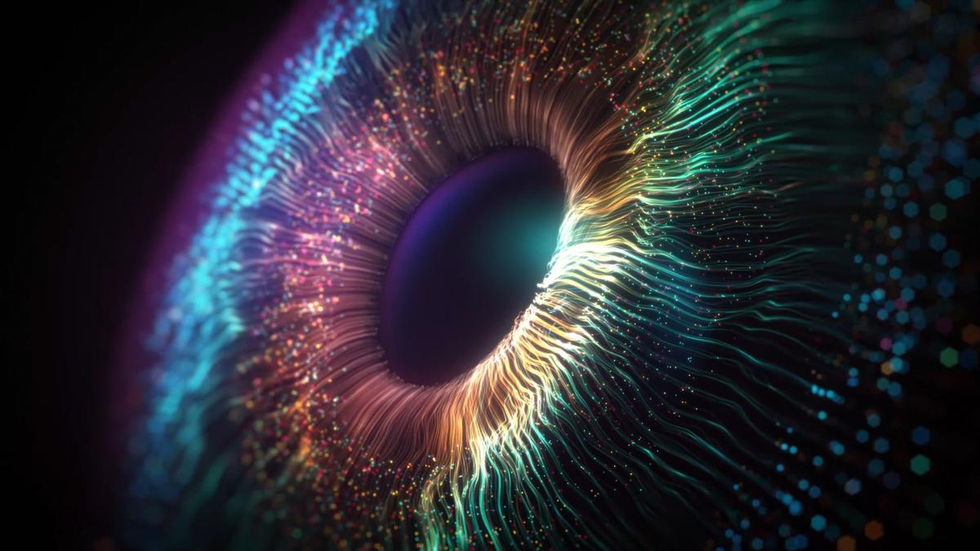About Synthetic Medical Image:
- It is generated by AI or computer algorithms without being captured by traditional imaging devices such as MRI, CT scans, or X-rays.
- These images are entirely constructed using mathematical models or AI techniques like Generative Adversarial Networks (GANs), diffusion models, and autoencoders.
- In the medical field, synthetic medical images are created in a similar way, where the AI generates entirely new medical scans or radiological images that mimic real ones but are not derived from any actual patient data.
- How are these images created?
- A Variational Autoencoder (VAE) takes an image, compresses it into a simpler form called the latent space, and then tries to recreate the original image from that compressed version.
- The process continuously improves the image by minimising the difference between the real image and the recreated version.
- GANs involve a generator that creates synthetic images from random data and a discriminator that determines whether the image is real or synthetic.
- Both improve through competition—the generator tries to make its images more realistic, while the discriminator gets better at spotting fakes.
- Diffusion models begin with a bunch of random noise and gradually transform it into a realistic image, using a step-by-step process that slowly shapes the noise into something that resembles the images it was trained on.
- These methods generate synthetic images in various fields, including healthcare and research.
Advantages
- Ability to facilitate intra- and inter-modality translation.
- Intramodality translation: It refers to generating synthetic images within the same type of imaging modality, such as improving or reconstructing MRI scans based on other MRI data.
- Inter-modality translation: It involves generating synthetic images by translating between different types of imaging modalities, such as creating CT scans from MRI data.
- Privacy protection: These images are generated without patient data, they circumvent privacy concerns, making it easier for researchers and healthcare providers to share and collaborate on AI development without the risk of violating patient confidentiality.
- Cost effective: Synthetic medical images also address the time and cost of collecting real medical data.
